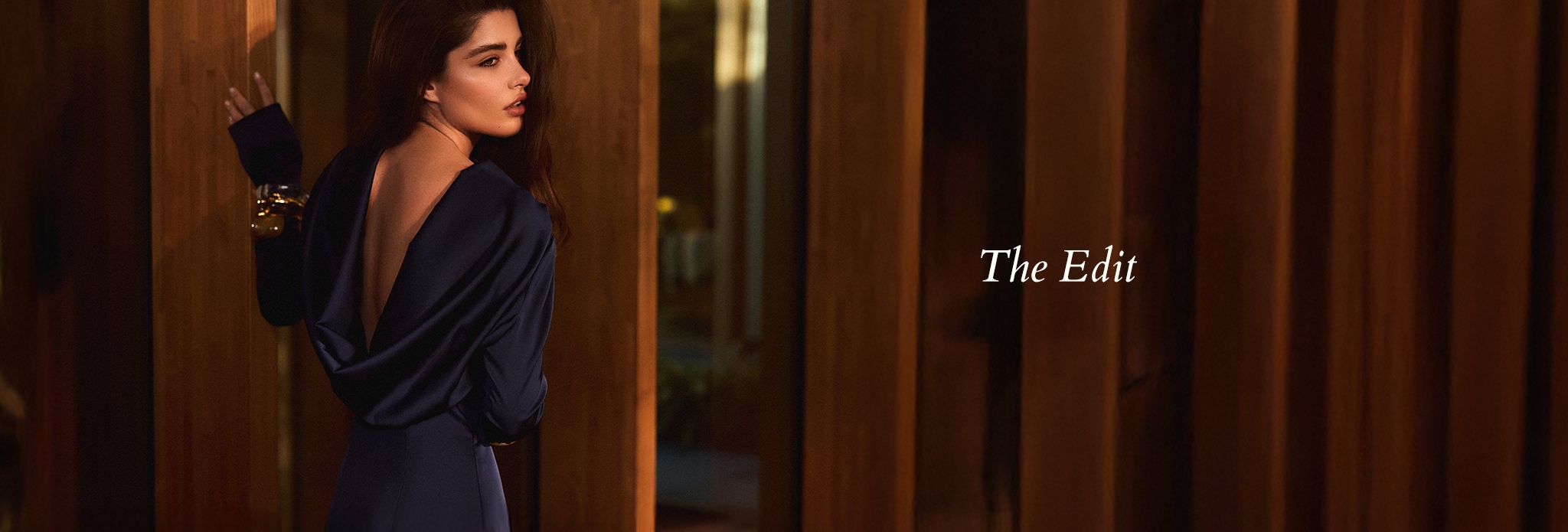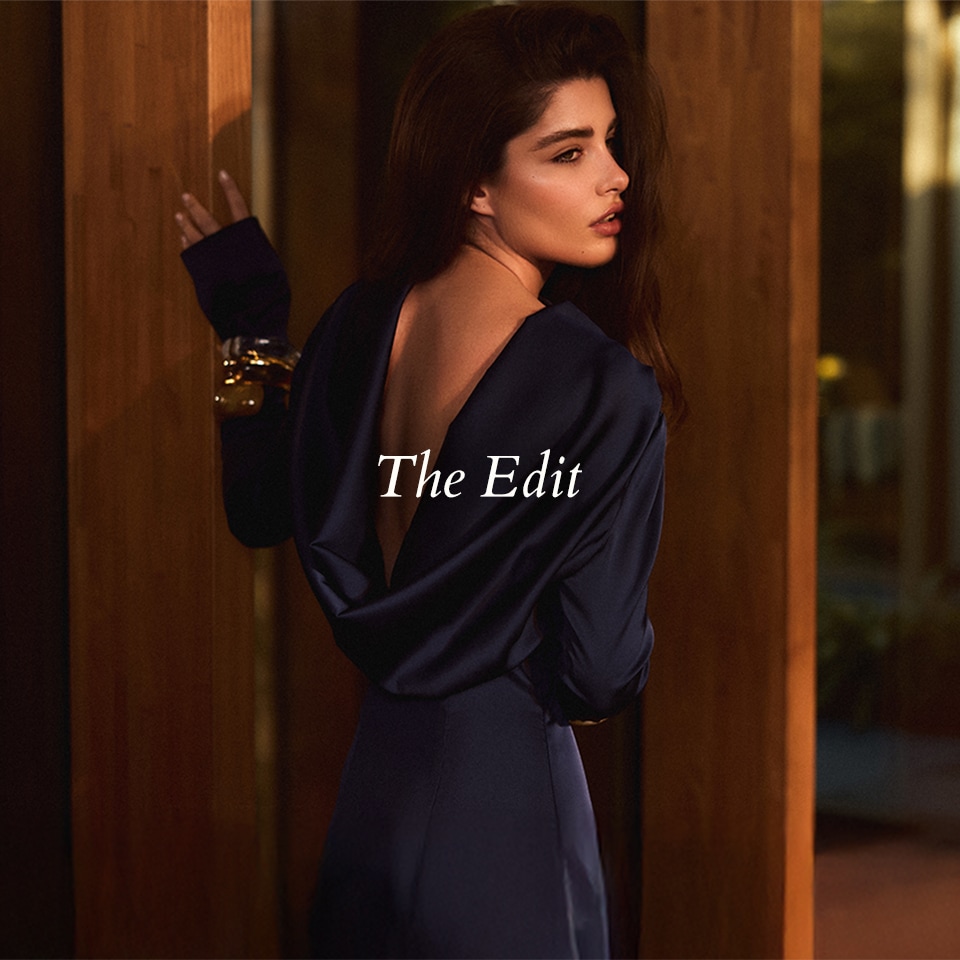

The Edit; A carefully curated Style Source for Every Kind of IT Girl.
Fashion trends, styling inspiration, PrettyLittleThing campaigns and more - your kind of thing (and ours).


The Edit; A carefully curated Style Source for Every Kind of IT Girl.
Fashion trends, styling inspiration, PrettyLittleThing campaigns and more - your kind of thing (and ours).